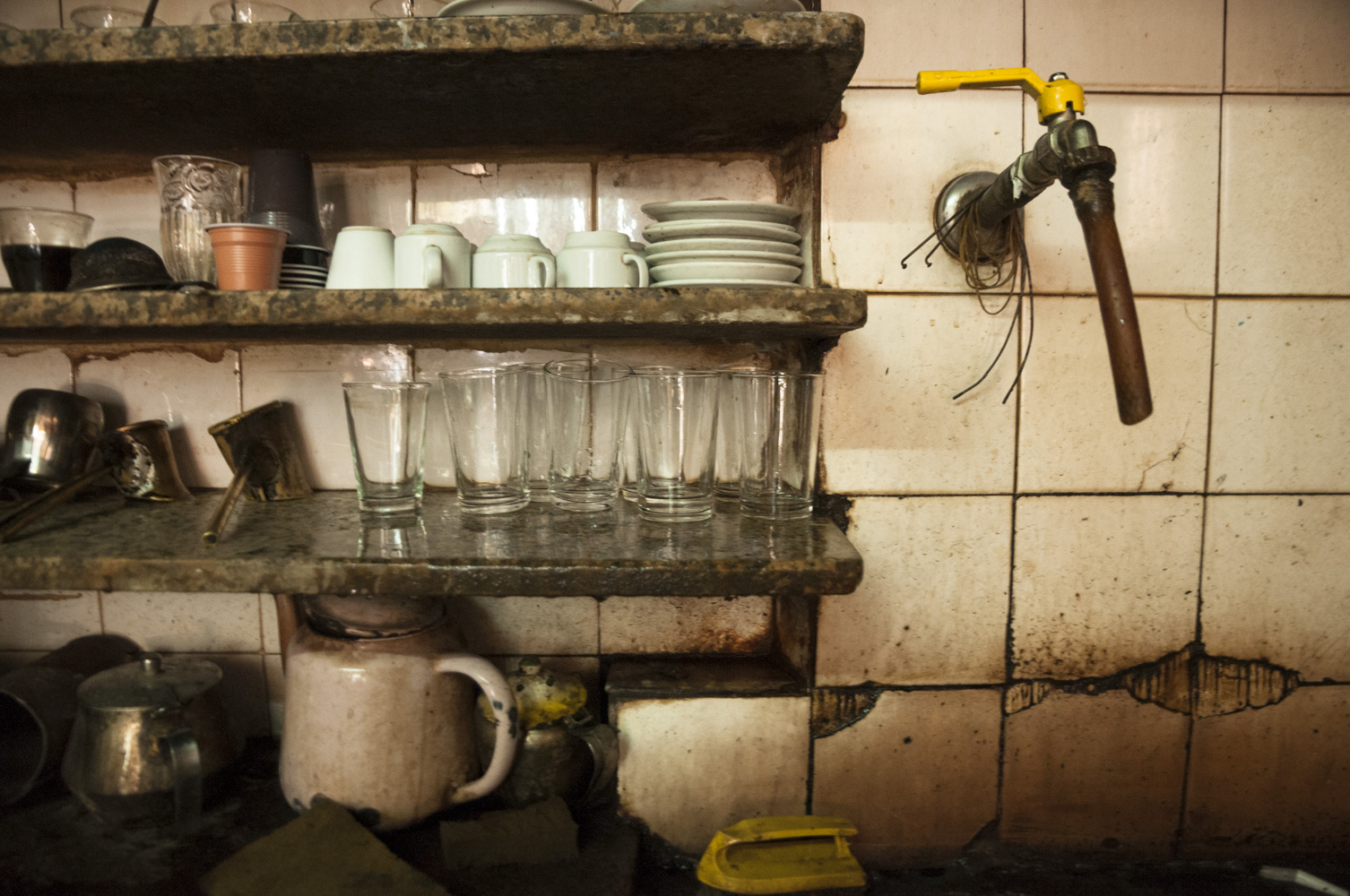Shades of Lebanon
Lebanon is a country of stark contrasts. It connects the Orient and the Occident and has been the scene of wars and political instability for years. It currently lives an unprecedented number of upheavals and wave of political, social and cultural protests opposing the ruling elites. The situation in the country is aggravated by the war in Syria and the resulting interdenominational conflicts throughout the Middle East. But Lebanon has reinvented itself more than once. It has an impressive history of individualism and creativity and, likewise, a coffee-soaked idleness, as I could witness on my research between north and south, with Beirut and Tripoli as vivid urban antipodes.





















